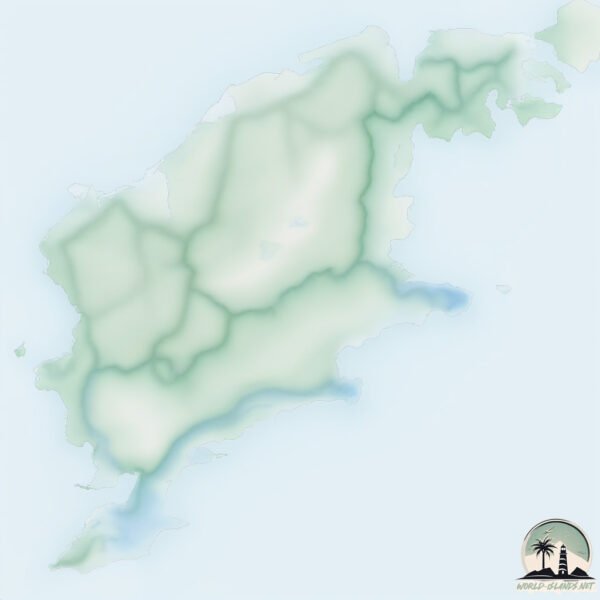Welcome to Gotland , a Temperate island in the Baltic Sea, part of the majestic Atlantic Ocean. This guide offers a comprehensive overview of what makes Gotland unique – from its geography and climate to its population, infrastructure, and beyond. Dive into the details:
Geography and size of Gotland
Size: 3022 km²Coastline: 556 kmOcean: Atlantic OceanSea: Baltic SeaContinent: Europe
Gotland is a Very Large Island spanning 3022 km² with a coastline of 556 km.
Archipel: –
Tectonic Plate: Eurasia – One of the world’s largest tectonic plates, the Eurasian Plate covers a significant portion of Europe and Asia. It’s characterized by diverse geological features, including the Ural Mountains, the European Plain, and the Himalayas formed from its collision with the Indian Plate.
The geographic heart of the island is pinpointed at these coordinates:
Climate and weather of Gotland
Climate Zone: TemperateClimate Details: Temperate Oceanic ClimateTemperature: Warm Summer
Climate Characteristics: Known for its moderate year-round temperatures with ample rainfall and no dry season. Warm summers are characteristic.
Topography and nature of Gotland
Timezone: UTC+01:00Timezone places: Europe/ParisMax. Elevation: 80 m Mean Elevation: 29 mVegetation: Agricultural MosaicTree Coverage: 48%
The mean elevation is 29 m. The highest elevation on the island reaches approximately 80 meters above sea level. The island is characterized by Plains: Flat, low-lying lands characterized by a maximum elevation of up to 200 meters. On islands, plains are typically coastal lowlands or central flat areas.
Dominating Vegetation: Agricultural Mosaic
Vegetation: 14 vegetation zones – Exceptionally Diverse Island
Infrastructure and Travelling to Gotland
Does the island have a public airport? yes .
Does the island have a major port? yes .
The mean population of Gotland is 19 per km². Gotland is Gently Populated. The island belongs to Sweden .
The name of the island resonates across different cultures and languages. Here is how it is known around the world: Arabic: غوتلاند; German: Gotland; Spanish: Isla de Gotland; French: Gotland; Portuguese: Gotland; Russian: Готланд; Chinese: 哥得蘭島
Continuing your journey, Faro is the next notable island, situated merely km away.
Gotland island, Sweden - travel guide with history and natural attractions
Gotland is Sweden's largest island, being located about 90 km east of the Swedish mainland and about 130 km from the Baltic ...
Gotland island, Sweden - travel guide with history and natural attractions
Gotland is Sweden's largest island, being located about 90 km east of ...
Gotland is Sweden's largest island, being located about 90 km east of the Swedish mainland and about 130 km from the Baltic ...
TOP 10 of GOTLAND | Things to Do on Sweden’s Biggest Island
Gotland is Sweden's biggest island and it's a very popular tourist ...
Gotland is Sweden's biggest island and it's a very popular tourist destination. I decided to list my top 10 things to see and do on ...
[4K] Visby, Gotland in 3 minutes | Best Places in the Old Town
If you're looking for a quick and easy way to explore Visby, then this ...
If you're looking for a quick and easy way to explore Visby, then this 3-minute video is for you! In this video, we'll take you on a ...
Sweden is classified as Developed region: nonG7: Developed economies outside of the Group of Seven, characterized by high income and advanced economic structures. The level of income is High income: OECD.
News – Latest Updates and Headlines from Gotland
Stay informed with the most recent news and important headlines from Gotland. Here’s a roundup of the latest developments.
Loading...
Social Media Posts about Gotland
Loading...
Please note: The data used here has been primarily extracted from satellite readings. Deviations from exact values may occur, particularly regarding the height of elevations and population density. Land area and coastline measurements refer to average values at mean high tide.

